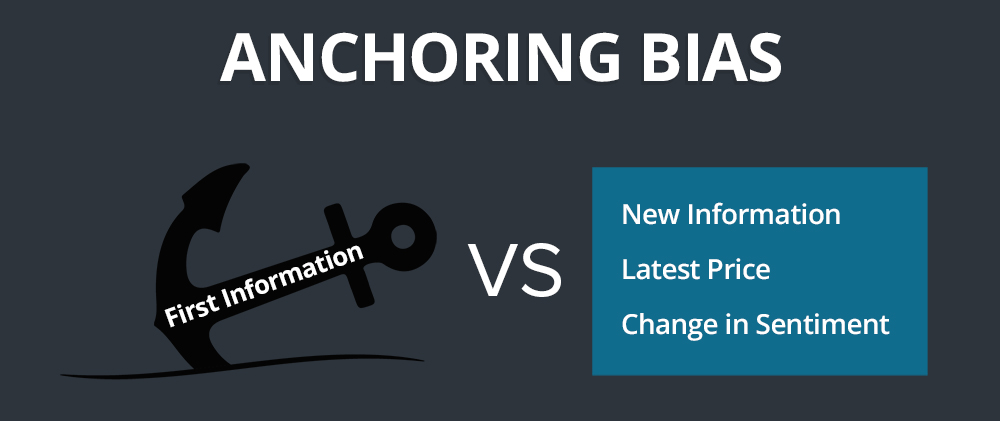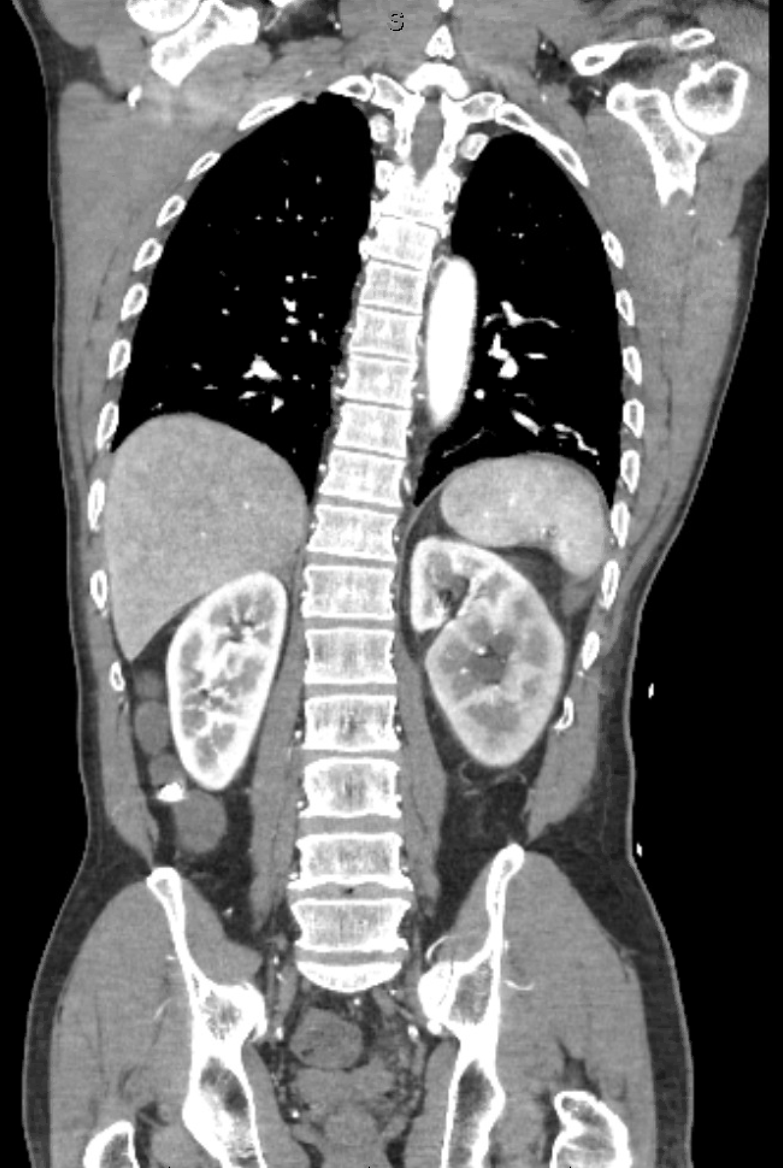
By reminding people that the new version of the iPhone is out now, you’ll have a stream of people updating their handsets in no time. The Gear Acquisition Syndrome (GAS): it is human nature to want something that is bigger, brighter, newer, shinier and faster than before. It can be a number that anchors our perception of price, or even our own previous decisions that guide our next. This then serves as a reference point, or an anchor, if you will, which impacts all the following choices. However, don’t forget the paradox of choice! Anchoring bias is a human tendency to rely too heavily on the first piece of information. For instance, we could investigate the experiences of others, mix them with our own experiences and establish a middle ground. Perhaps it would help if we did some research before making decisions. All the further available information tends to get. Provide options: by offering more options for the same price as your competitors, your offerings will automatically look like a good deal. Given that the anchoring bias is subconscious, we use our own experiences as reference points. The anchoring effect is the tendency of the human mind to focus on the first available information. total sales, customers, or even ratings, you will undoubtedly boost your chances of a conversion. By using a high number that represents almost anything e.g.

Humans love numbers: even for those who dislike mathematics, it’s guaranteed that they’ll be attracted to numbers when it comes to sales. We developed a game to train recognition and mitigation of three forms of cognitive bias: anchoring, a tendency to be inordinately influenced by one piece. By creating the illusion of a ‘cheap alternative’ next to a significantly higher priced item, the ability to engage a customer and close a sale increases markedly. Price perception: when comparing a $300 watch to a $20,000 Rolex in a jewellery store window, the first option will always look like a great deal by comparison. We all know that it’s questionable to buy one bag of peanuts for $2 when you can buy 50 bags for $20! Multiple unit pricing: with the rise of wholesale shopping outlets like Costco, this tactic has held the spotlight in recent years. Anchoring describes our potential to rely too heavily on the first piece of information that is offered to us (i.e., the anchor) when making a decision. This is one of the most common techniques used by department stores, online hotel booking websites and supermarkets everywhere. When this sits next to a discounted price, the chance of a conversion rises exponentially. Initial Price Setting: by listing an ‘original price’ on an advertisement, customers are automatically anchored to that primary value. HERE ARE THE MOST TRUSTED ANCHORING TECHNIQUES TO BOOST CONVERSION RATES:

Anchoring is used by marketers all over the world, and examples come in numerous forms. However, when compared to the $6 complete burger meal, the cookie looked like less of a bargain and potentially not a ‘smart’ purchase. For example, in the above situation, $2 probably seemed like a reasonably priced cookie. All subsequent information the brain receives will be compared and contrasted with the original anchor.


 0 kommentar(er)
0 kommentar(er)
